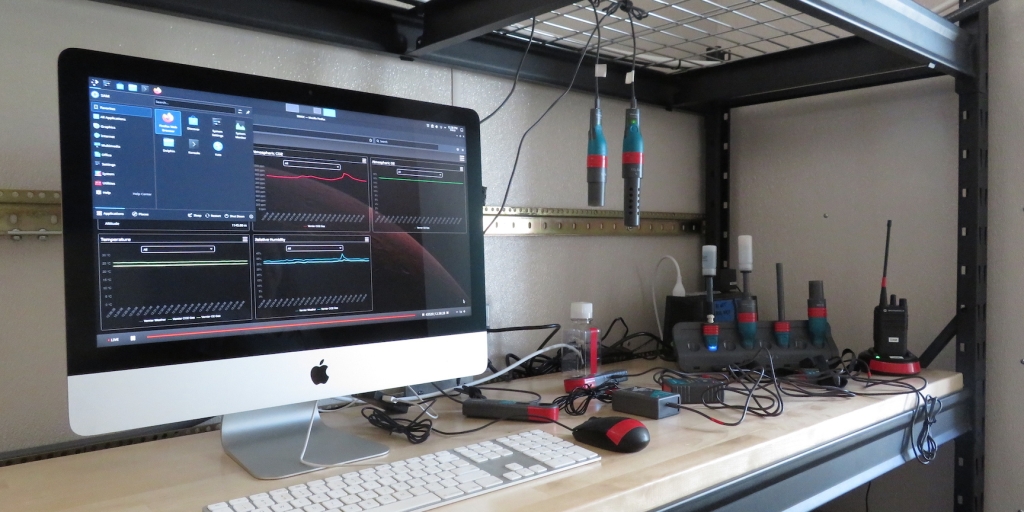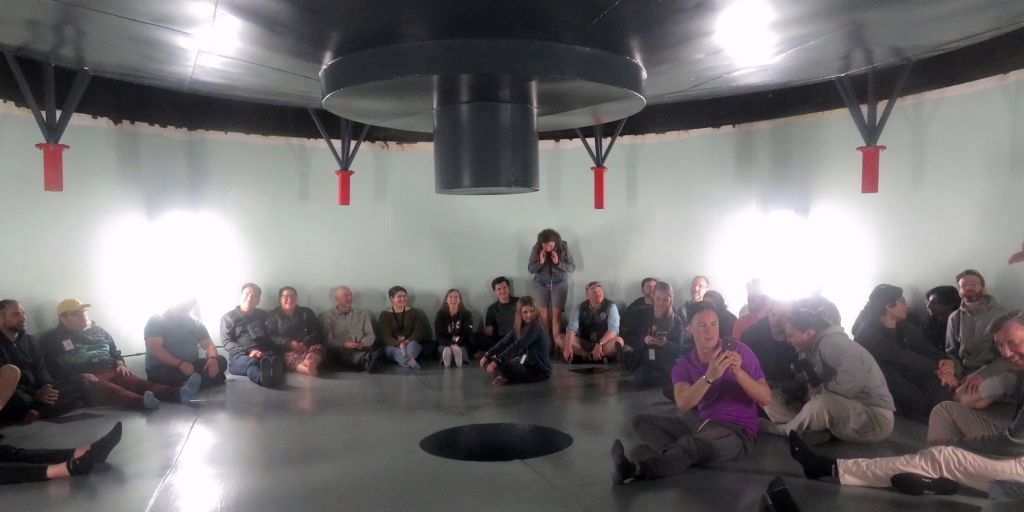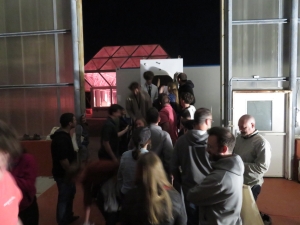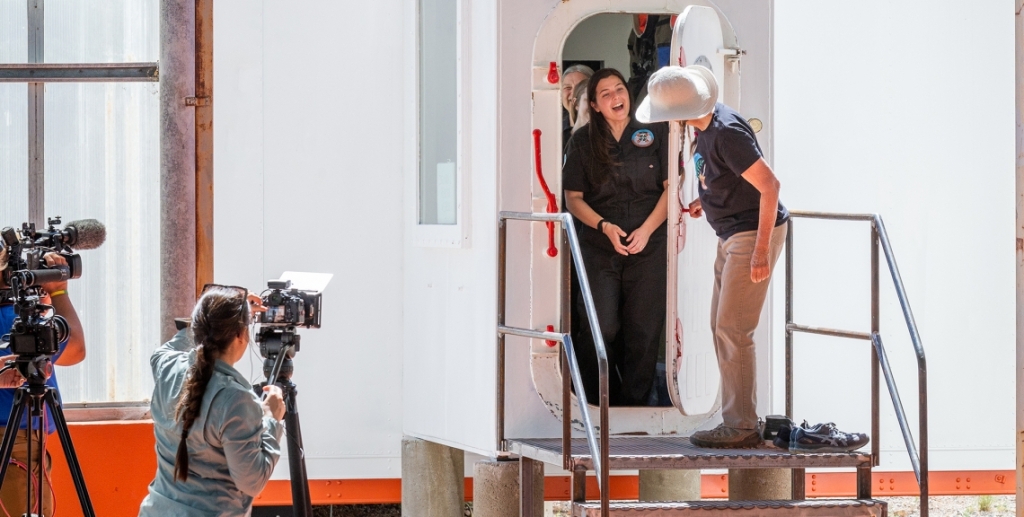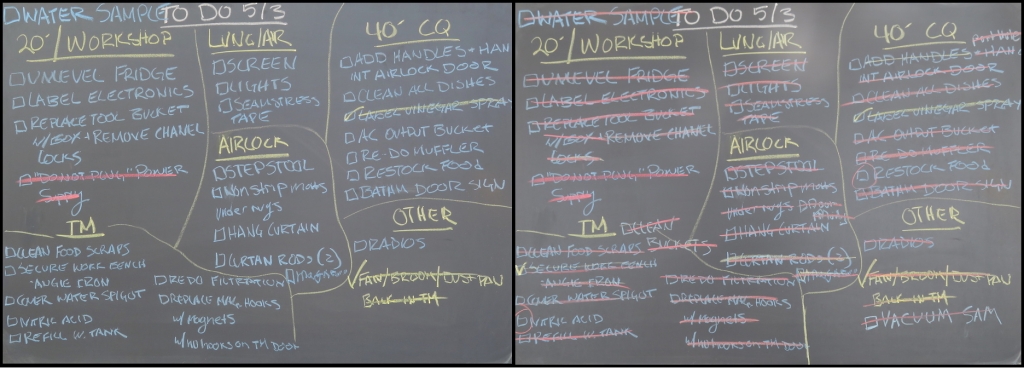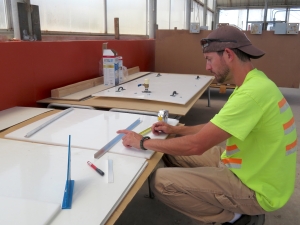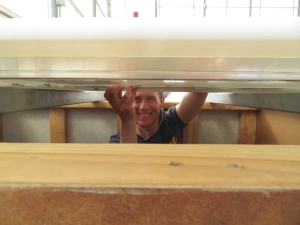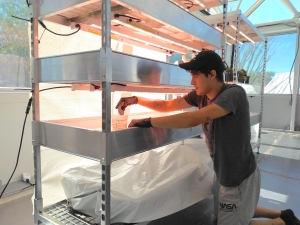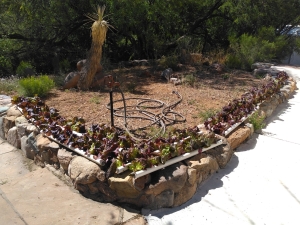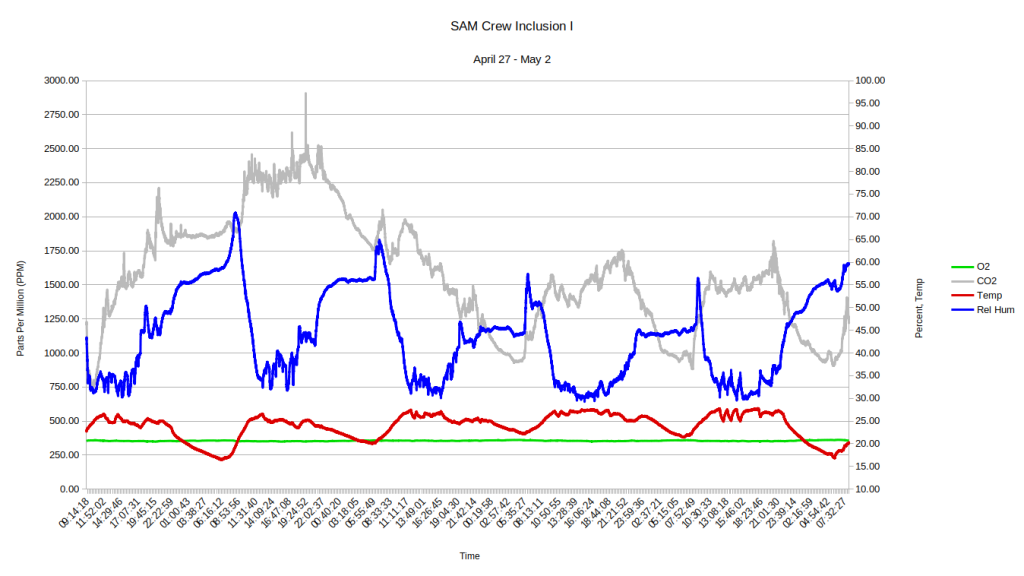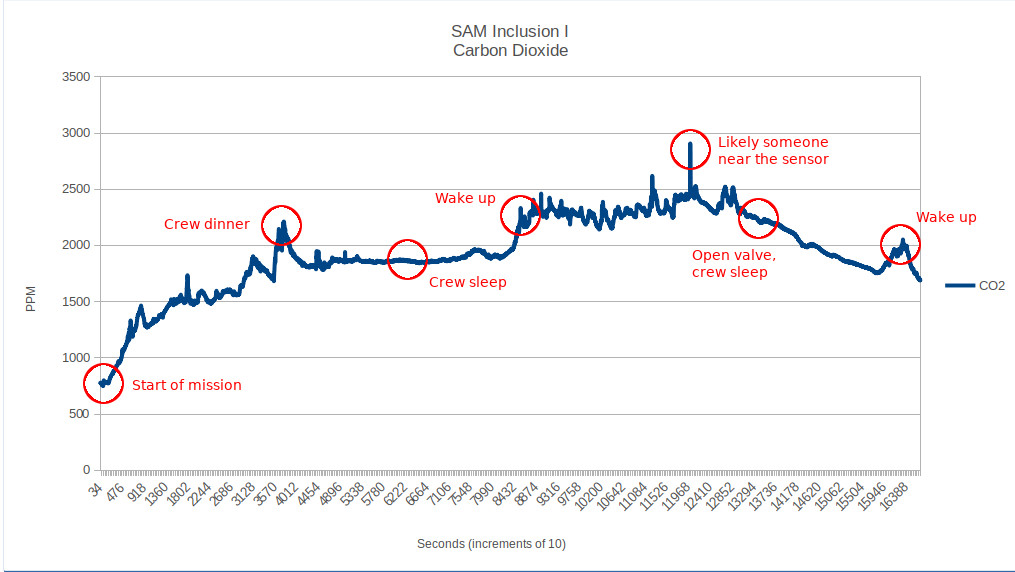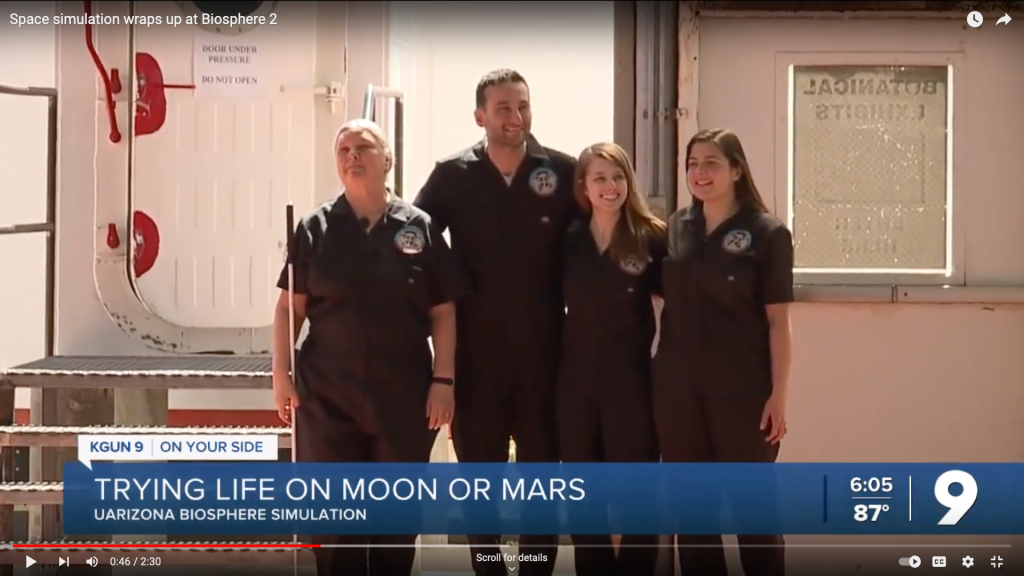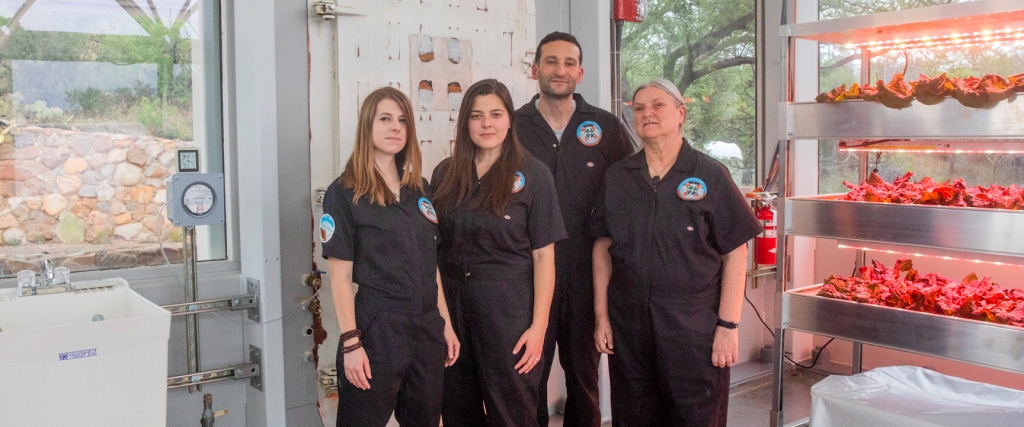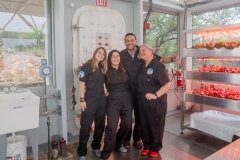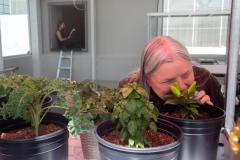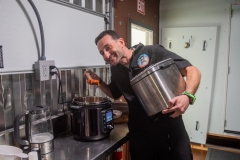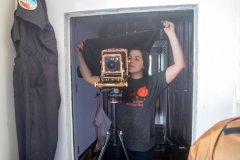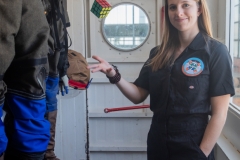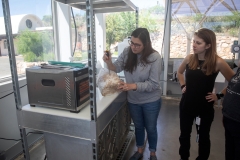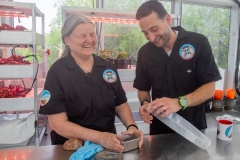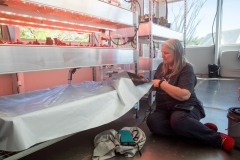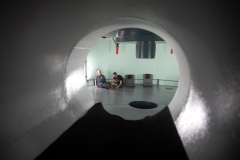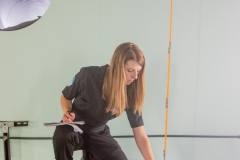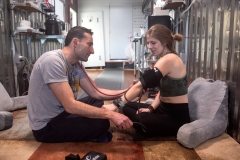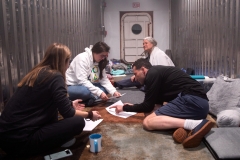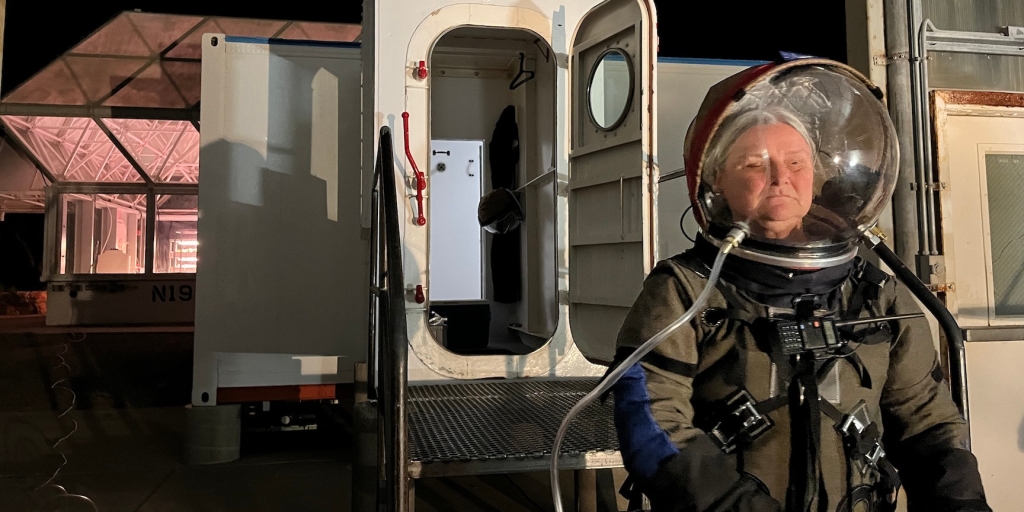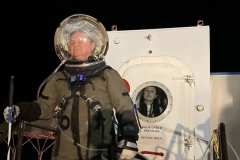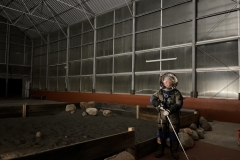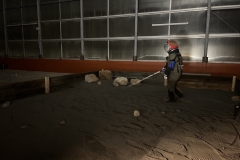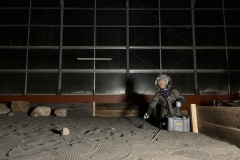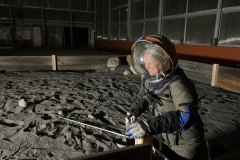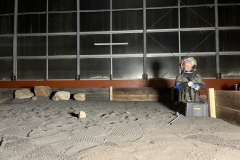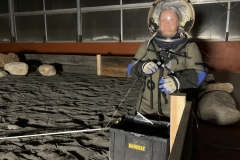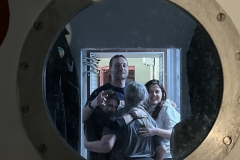Crew Inclusion II completes training at SAM
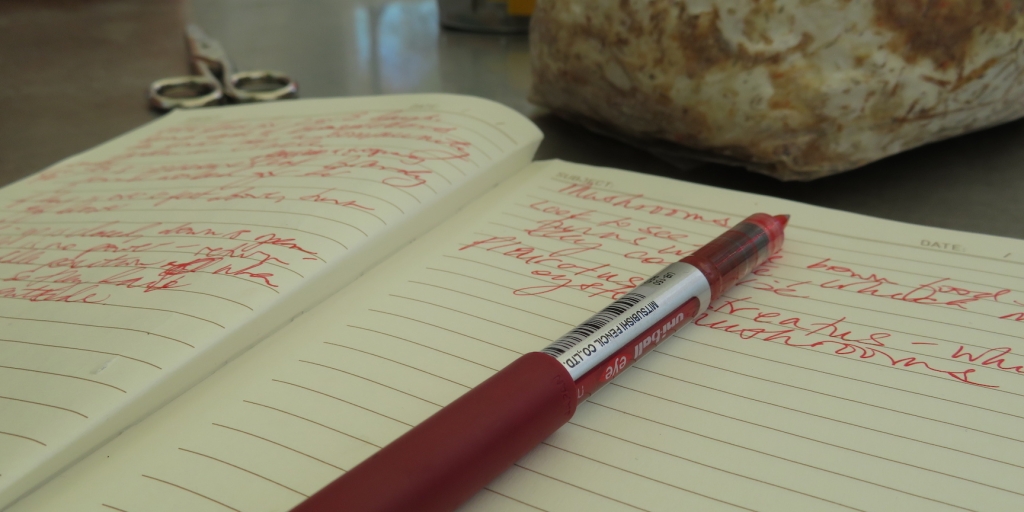
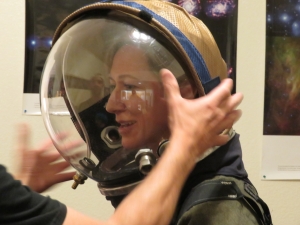 As with the first crew to enter SAM, Inclusion II underwent an extensive training in the function and operation of SAM prior to entry. Given the feedback and experience of training the first crew, the training time was expanded to a four-hours introduction to using air quality sensors and monitors, capturing the storing data, followed by a brief course in the donning and doffing of a pressure suit prior to the actual EVAs. The second full day (today) saw the crew training in:
As with the first crew to enter SAM, Inclusion II underwent an extensive training in the function and operation of SAM prior to entry. Given the feedback and experience of training the first crew, the training time was expanded to a four-hours introduction to using air quality sensors and monitors, capturing the storing data, followed by a brief course in the donning and doffing of a pressure suit prior to the actual EVAs. The second full day (today) saw the crew training in:
- Safe management of the lung for inflation and pressure regulation.
- Use of the pressure release valves for the regulation of pressure and movement of air.
- Use of the inner and outer door of the functional airlock.
- Use of water system, from potable to grey and waste with an emphasis on system reuse and filtration.
- Management of the hydroponics.
- Use of the sinks, toilet, and shower (sponge bath, for now) with minimal water application
- Cooking with minimal waste and total food scrap (inedible biomass) recycling.
- Smoke and fire detection, detection system management, and fire safety.
- Use of the campus radio for emergency assistance, emergency egress, and management.
- Use of SIMOC and the full array of Vernier sensors provided by SAM for visiting teams.
This particular team has a bit of a leg-up in that crew commander has been volunteering at SAM for the prior six months, and wrote the SAM Operations Manual. One of Bindhu’s mission objective is to update and fine-tune the manual given her hands-on experienced inside.
Tomorrow morning, Wednesday, May 10, crew Inclusion II will enter SAM for a six days mission.
